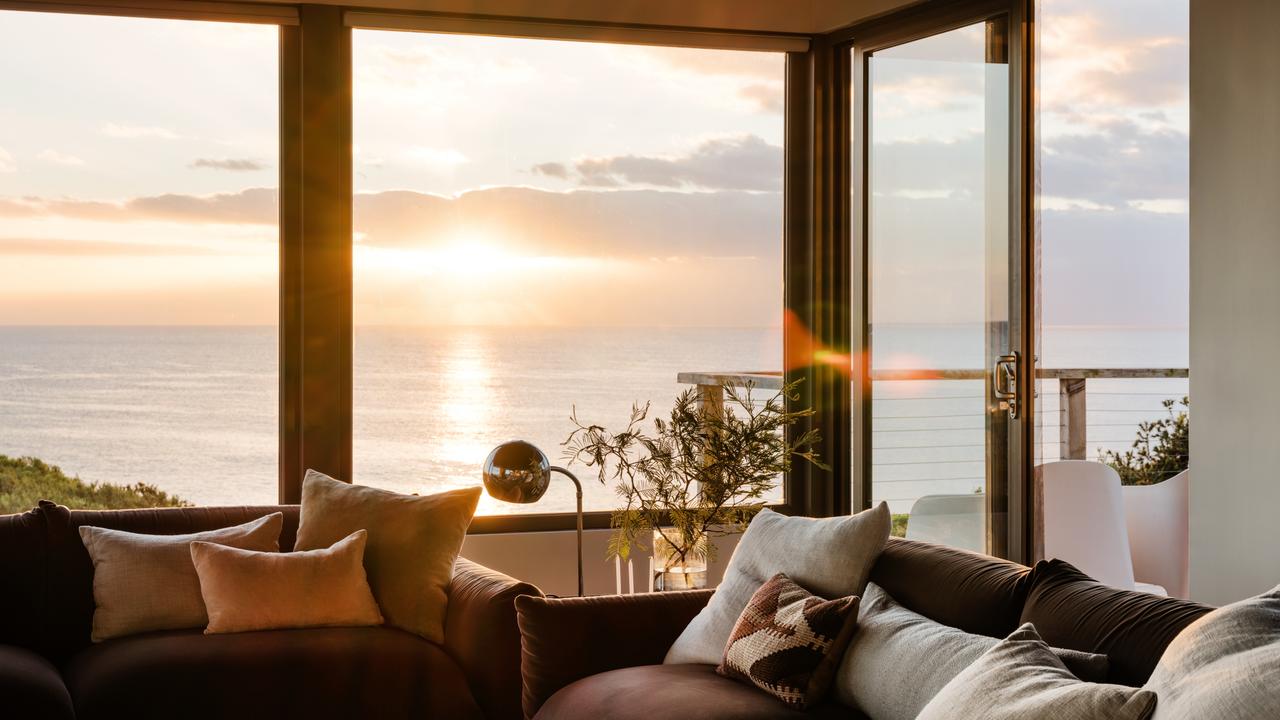Phoenix rising: a stunning garden from Michael McCoy’s Dream Gardens
Out of Black Saturday, this grand garden took shape- with input from renowned designer Paul Bangay.
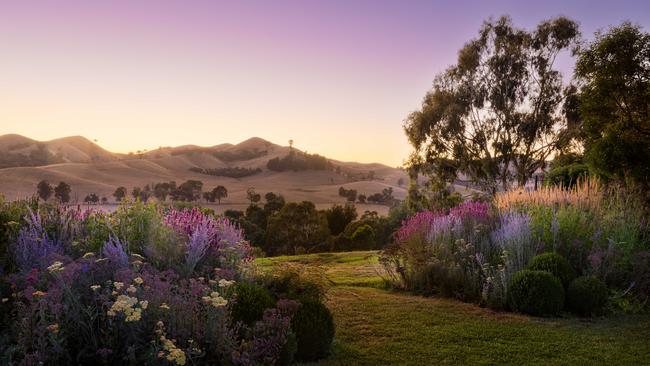
After their house and garden of 40 years was destroyed in the Black Saturday bushfires in 2009, Stewart and Sandra Hart purchased nearby Waiora, a 2.6ha property atop a rise within the Strath Creek Valley in central Victoria.
Their decision in 2014 to build a large swimming pool, after two very hot, dry summers, was the catalyst for major change. The pool would double as an emergency water supply but the Harts also wanted to open up some of winding paths and large beds of the previous garden to gain more playing space for their grandchildren. To create these more formal areas, they chose designer Paul Bangay after visiting his home and garden Stonefields, where they were impressed by the dramatic placement of his pool in the foreground of a vast view.
Their project was captured by ABC-TV’s Dream Gardens program, hosted by garden designer Michael McCoy and broadcast in 2018. It’s also one of the stunning gardens featured in McCoy’s just-released Dream Gardens book.
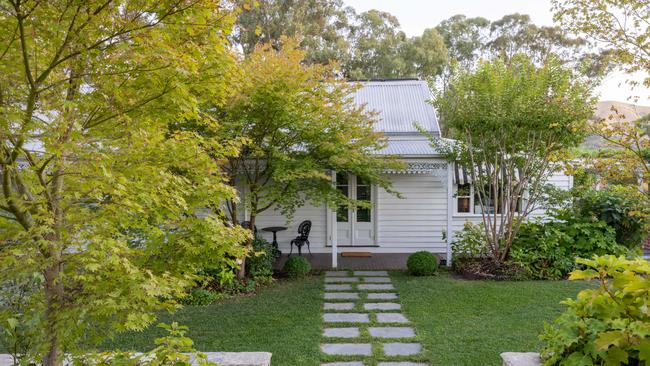
Considerable construction work was needed to transform the sloping site into a huge terrace for the pool and its surrounding expanse of paving – and, typically for Bangay’s work, the proportions scale perfectly with the surrounding view of undulating countryside. “His design totally changed the way the house related to the garden, as well as the garden’s relationship to the bigger surrounds,” says McCoy.
Garden beds alongside the pool contain banks of long-flowering, crimson rugosa roses (Rosa rugosa ‘Rugspin’) and catmint (Nepeta ‘Dropmore’). The main lawn is framed by deep, full borders of perennials that peak in late summer and autumn. These expanses of colourful and long-flowering plants look complex, but Bangay used just nine species – selected to thrive in the windy conditions, poor soil and limited water of the site – to achieve the effect. His use of sweeping blocks of plants, repeated through the design and anchored by box (Buxus) balls, cleverly creates drama and impact, as well as harmony. Carefully placed trees among the perennials also direct sight lines and highlight selected views.
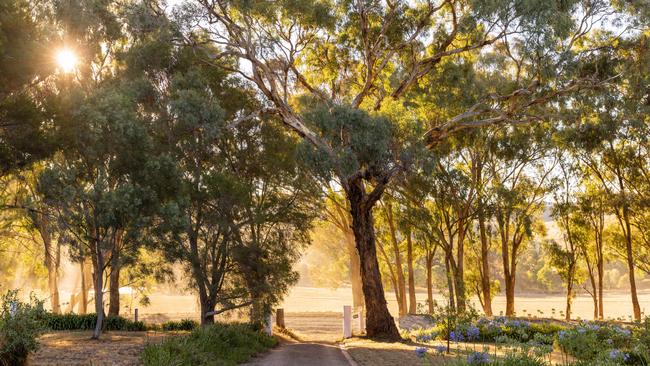
A new, heftier pergola supporting an existing wisteria helps frame the view from both indoors and the outdoor paved area of split-face natural stone. According to Bangay, one of the challenges of working with a big view is the need for “intimate moments within a garden”. He explains that you need to enclose some spaces and create areas where the garden protects you from the wind.
Dream Gardens features 12 garden projects from the television series ranging from small inner-city gardens to expansive rural properties. As well as beautiful photographs there is a reflective interview with the designer and an essay from McCoy on the design concept for each garden.
Q&A
My 20-year-old potted Tahitian lime is healthy and fruitful but the top of the pot is full of compacted fine roots. I can’t repot it so can I safely remove a section? When? Robyn Benken, Perth, WA
You can remove some sections of roots and fill the spaces with compost and/or premium potting mix, doing perhaps one quarter each year. Early spring is best but autumn is fine. Use an old bread knife to cut slices like a pie, or try a bulb planter tool or apple corer.
Our two port wine magnolias in pots haven’t flowered since we bought them a year ago. They have lots of growth after all our rain. We’d like to know more about these plants. June Archer, Laidley, Qld
Magnolia figo has small, purple-brown flowers in spring that are hidden in the dense foliage but you can smell them from a distance. The scent is like Juicy Fruit chewing gum, or ripe bananas. They’re slow-growing, evergreen shrubs to small trees that tolerate some shade and like frost-free climates. They flower on old wood, so you can prune and shape the new growth without affecting flowering.
How can I treat my pawpaws’ severe yellowing and drooping of leaves and black spots on fruit without using poisonous chemicals? Hugh O’Brien, Cairns, Qld
In the tropics, pawpaws succumb to root rot disease in two to three years, so are often grown as annuals. Choose local, disease-resistant varieties; plant on mounds to improve drainage, and apply balanced fertiliser and liquid seaweed regularly. Copper hydroxide fungicides are permitted as organic or use wettable sulphur if no hotter than 30C. Apply monthly from February to October.
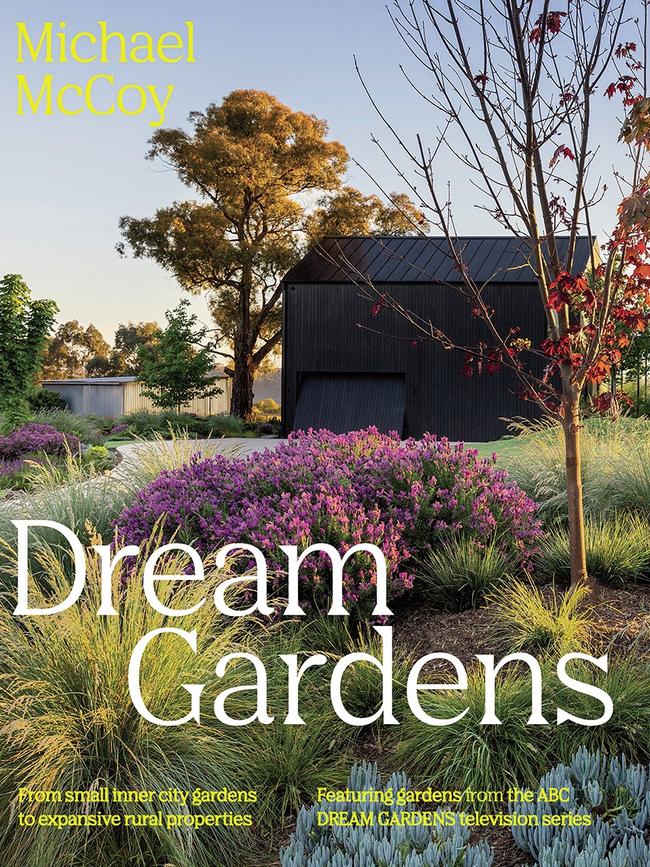
Send your questions to: helenyoungtwig@gmail.com or Helen Young, PO Box 3098, Willoughby North, NSW 2068. The best question for November wins two copies of Dream Gardens by Michael McCoy (Hardie Grant, $70 each).


